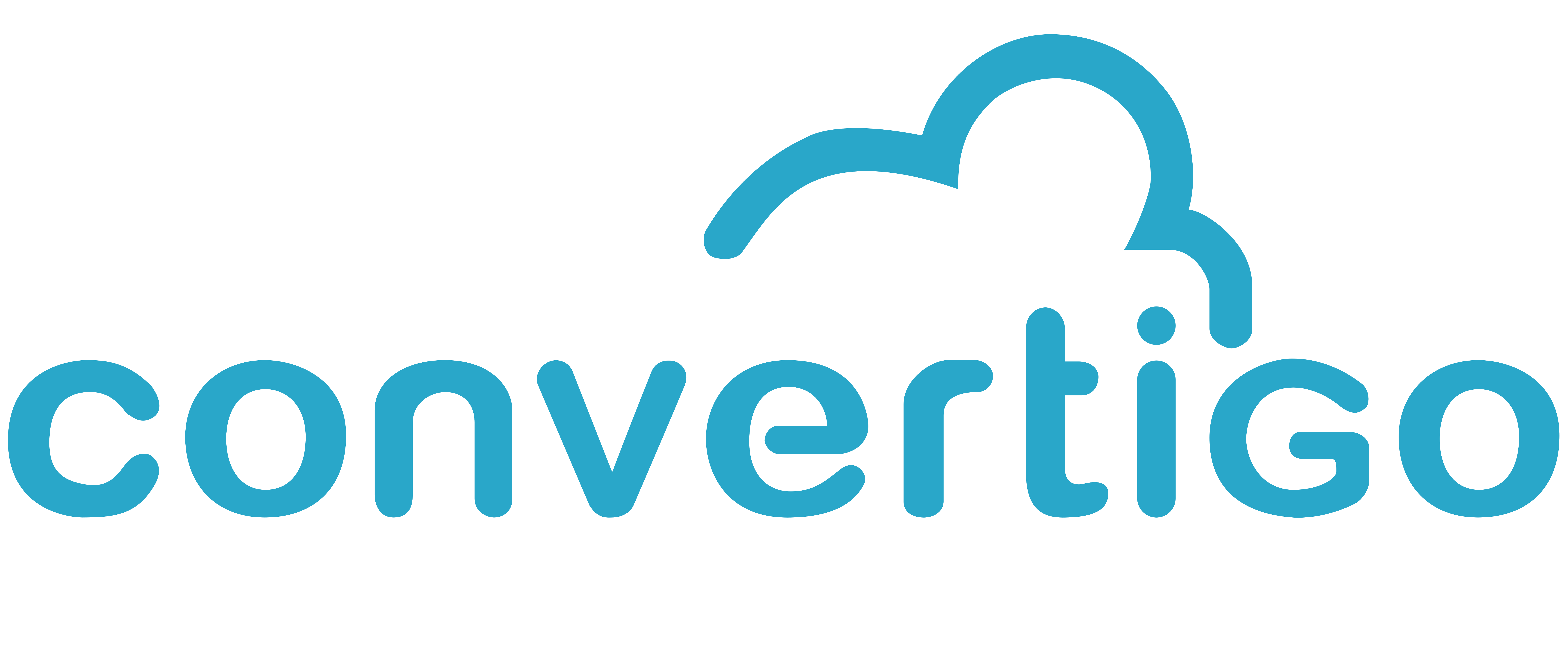Caching Convertigo Back End response
The Convertigo cache works at Sequence level where it can be stored to a file or a database.
It is activated in the "Response lifetime" property.
Check https://doc.convertigo.com/documentation/latest/reference-manual/convertigo-objects/sequencer/generic-sequence/ to see all the available options.
Convertigo URLMapper (REST API interface) ends up calling the sequences and response is cached depending on the sequence configuration.
The cache itself is physically based on simple files written in the Convertigo workspace folder (simple to set up) or it is based on an external SQL database (more complex to set up).
More information on how to set up cache type here : https://doc.convertigo.com/documentation/latest/operating-guide/using-convertigo-administration-console/#cache-1
By default, all sequence responses will be cached even if an application error occurs (not in case of Engine errors). It is possible to tell the Sequence to avoid caching response with some few code in a SequenceJS Step:
context.noCache : Allows to empty previous response and so the sequence is executed.
context.isCacheEnabled (true, by default) can be passed to false during Sequence runtime to decide whether or not to save response in the cache (In case of an error, for example, we do not keep response in cache).
It is also possible to tell Convertigo to ‘forget’ the response cache by calling the Sequence with the Engine parameter __nocache set to true
